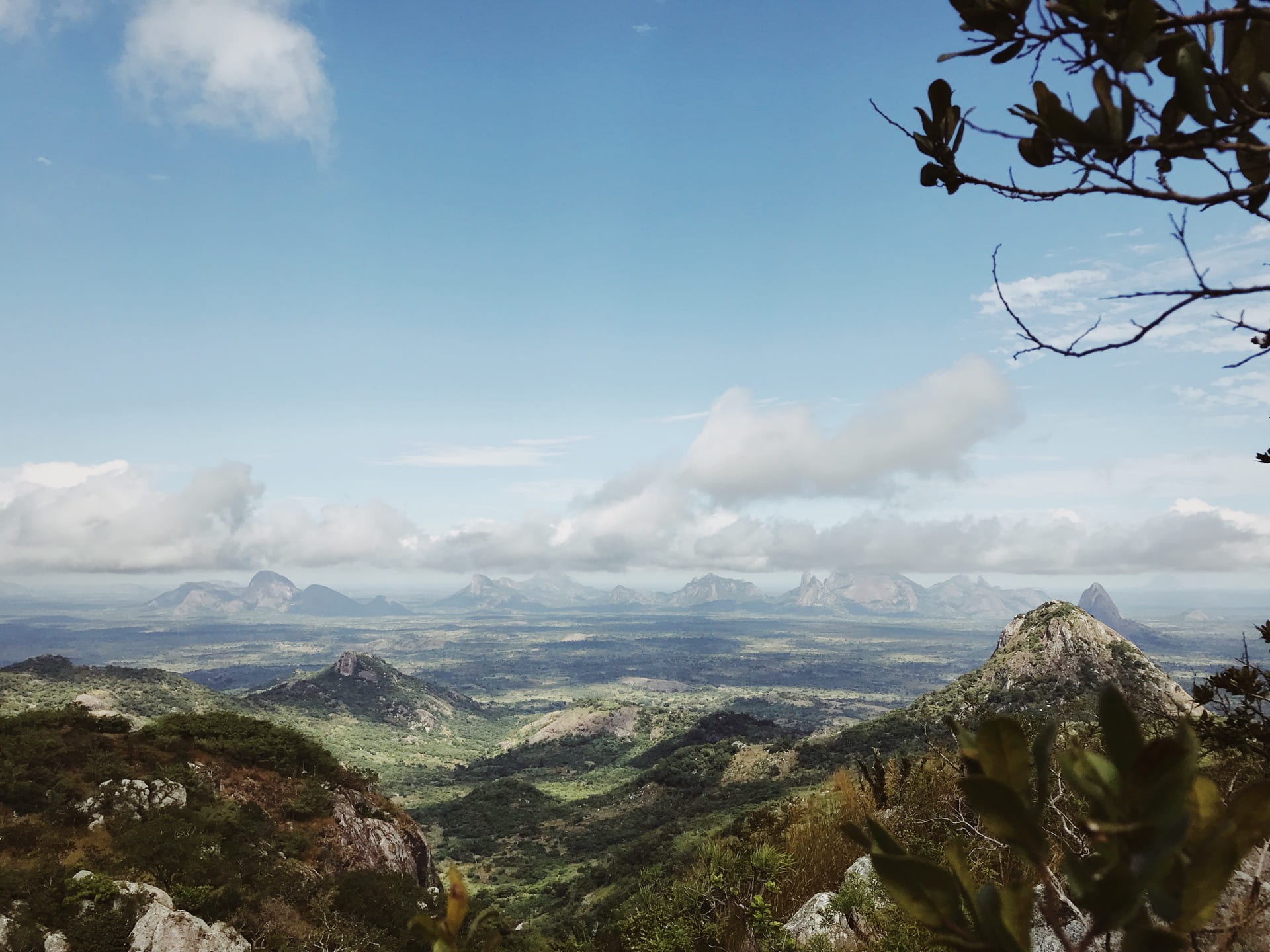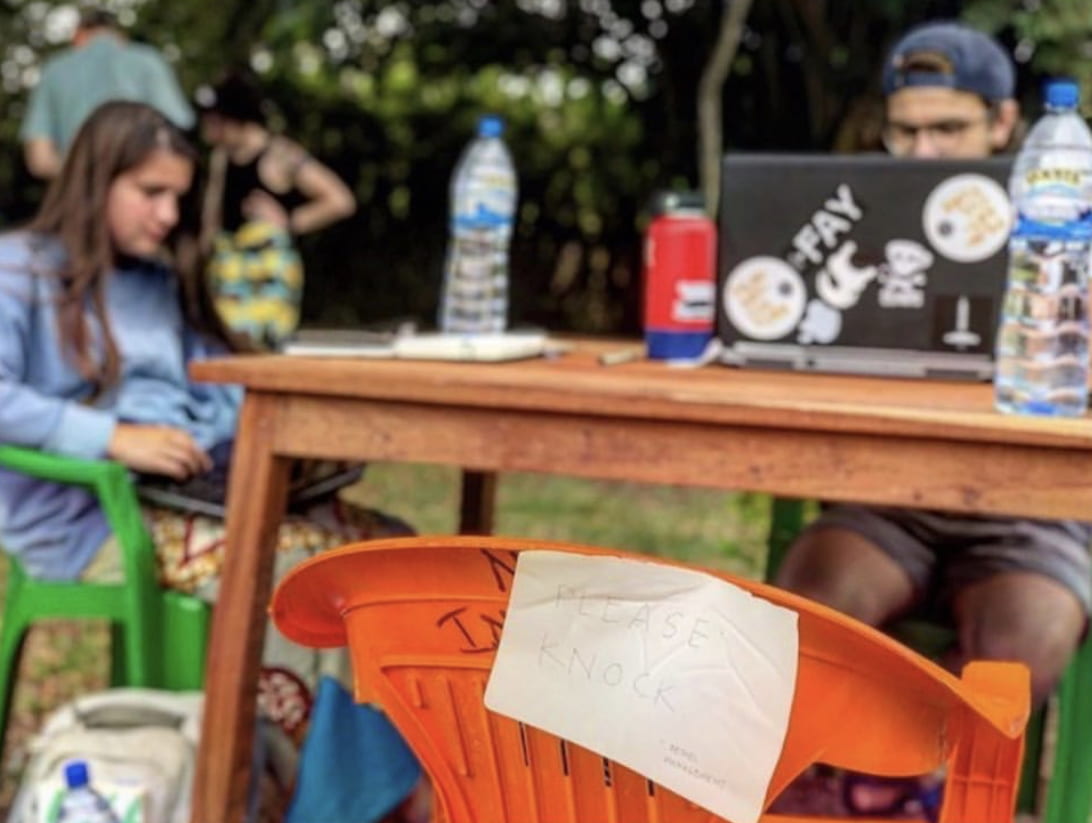
This summer honors landscape architecture student Max Frank traveled to Mozambique to design better, more affordable housing plans in Nampula. In this blog, he reflects on the challenges of the trip, what he learned from the experience and a work environment very different from the one on the U of A campus….
This summer, I traveled to Mozambique with the Faculty Led Community Development program. I knew I would learn, grow, and change in country, but what I didn’t know was how much. Mozambique has left a deep and lasting impact on me, as a designer, student and global citizen. I was able to apply my skills on the ground in country, and develop entirely new skills as well. I also developed so many new relationships, with locals in Mozambique and fellow students and faculty in the program.
Working with David Ayling, a former contractor in New Zealand and current developer in Mozambique, I teamed up with Hannah Gray, an architecture student, to develop housing and neighborhood plans for a new development in Nampula, Mozambique. Mozambique has seen significant and rapid development in recent years and does not have a base of qualified professionals such as doctors, engineers and teachers to continue developing sustainably. However, one of the biggest barriers for those considering moving to Nampula is lack of access to quality, affordable housing. A few developments in the Nampula area are currently in progress, but the homes they offer are often poorly constructed and offered at a prohibitive price point.
David Ayling, a former contractor in New Zealand and current developer in Mozambique, has a vision for a new type of housing in Nampula, leveraging his extensive building experience against the design principles which Hannah and I brought to the table to create housing that is dignified, constructed well, and affordable. Over the three weeks we were in country, we worked together to develop drawings for the project, and understand the unique issues we would face in Mozambique to implement our plans.

We started our process by touring Nampula with David, looking at current in-progress developments, visiting material suppliers, and consulting with a local architect. After our fact-finding period, we began working on drawings, using a rough foundation David provided to develop our ideas iteratively. We refined these over the next few weeks, altering as needed when the situation changed unexpectedly.
We faced several challenges while working on our project. Access to the things I constantly take for granted in the U.S. were not always easy to come by in Mozambique, and access to power, internet and adequate workspace were sparse and unreliable. This required us to be flexible in our methods and process, and mandated countless transitions between drawing by hand and drawing digitally on a laptop.

While the bulk of my design work in school is done in a studio, we did not have the luxury of a dedicated space in Mozambique. Our de-facto office was a table and two plastic chairs, underneath the big shady tree at New Horizons, the poultry farm where our program was based. While there wasn’t a power outlet in sight, the wind was often severe, and we occasionally drew an uninvited snake as a visitor, the fundamental design process was the same we use in a standard studio environment. During the second week of the program, we met with a young architect from Zimbabwe, and were able to compare stories of our design school experiences, finding out that our educations were actually quite similar, although culturally very different.
While I fully expected to go to Mozambique and be in awe of all the differences between our cultures, what has impacted me the most was seeing all of the similarities. I feel ashamed to think that before I left, I imagined Mozambique as the stereotypical, straight out of the movies, place of poverty. I expected Mozambique to be disconnected from the rest of the world, and “behind” more developed countries. To be clear, Mozambique is absolutely a very different place from the United States, but we certainly share the fundamental building blocks which make up our daily lives. Every day, I started to realize more that the things that we share vastly outweigh the things that separate us.
I would recommend this program to anyone with an open mind and a desire to understand the ways that all the different pieces of the world fit together. I don’t regret any part of this experience. In fact, the parts of the project that did not go as planned, the unexpected roadblocks and the cultural barriers actually became one of my favorite parts of this experience and have had the most lasting impact on me since leaving the country. If I could change one thing about my experience though, it would be not underestimating how difficult it is to pick up Portuguese! A notoriously difficult language to learn, I left Mozambique with four phrases that I had worked hard to acquire.
Ultimately, I am excited to see how this experience shapes my design work in my education and eventual career. As someone interested in design as advocacy, this program was an amazing way to see the tangible impact design can have on any community, across the globe.
